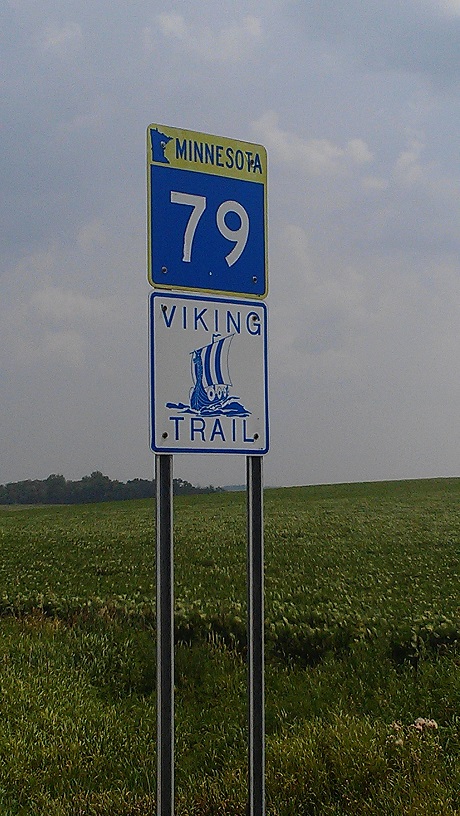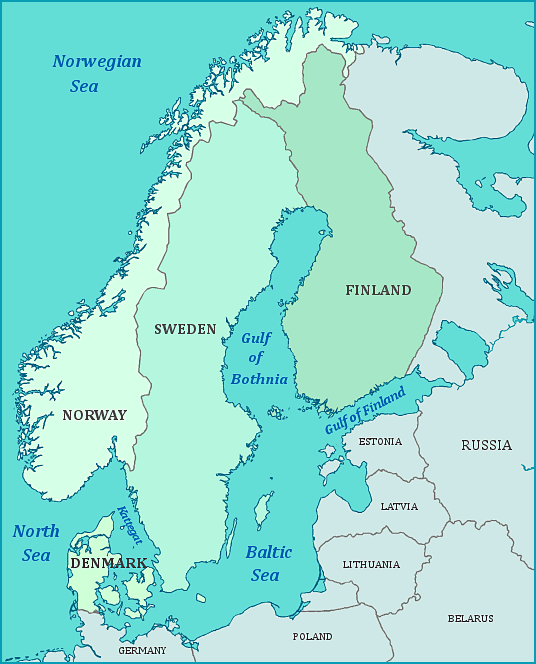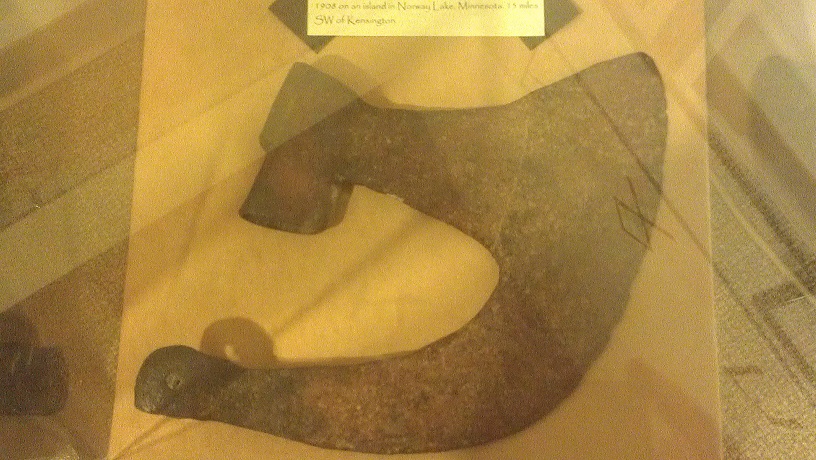[ad_1]
The case of the Kensington Runestone


Take a trip to central Minnesota
In 1898, Swedish immigrant Olof Ohman unearthed the stone pictured above in Douglas County, Minnesota. Ohman found the stone tangled in tree roots while clearing a field. The farmer’s son was the one to point out the strange markings.
Named the Kensington Runestone for a nearby settlement, the unusual finding caused a sensation. Yet, it was debunked almost as soon as it caught the world’s attention.

Did Scandinavian scholars rush to judgment?
Consider this. The 220 lb. stone appeared at a tense time between Sweden and Norway. Norwegians wanted to break from Swedish rule (they did, eventually gaining independence in 1905). But, the road to freedom was a rocky one.
In 1893, Norway had sent a replica of the Gokstad ship to Chicago for a world expo, a move which caused friction between Swedes and Norwegians. Many wondered if the Kensington runestone was a Swedish “one-upmanship.” Others called it a bid for unity.
Norwegians went as far as to point out that a Swedish immigrant found it.
Was the runestone a gambit to keep the countries together? It does recount long ago Swedes and Norwegians adventuring together. People accused Ohman of chiseling this tale for attention and for political reasons.
When Swedish scholars chimed in with their doubts about the stone’s validity, tempers cooled.
One head-scratching facet is the mix of runes etched on the stone. There are Early Old Swedish letters (a 14th century language which kept 4 Old Norse “Futhark” letters) and Late Old Swedish (a 15th century language with no Old Norse).
With all the uncertainty, the Kensington runestone soon faded from world attention.

But here’s something to consider.
Farmers of northern and central Minnesota have been finding Viking artifacts for over a hundred years. The historic pieces typically show up when fields are plowed. A few have been found by children playing on riverbanks—and everyone knows Vikings loved exploring rivers.
Here’s something else to consider.
Now you tell me, what interesting Viking facts can you share? Tell me below. I’d love to read them.
P.S. Next week, Part 2 will feature credible theories with dates and evidence for Viking excursions in North America.

I’m happy to share that #HistoryThursday is back!
Just like my How to Eat Like a Viking blog series, we’ll dive into new and interesting places in Viking history. Get ready for How Far into North America did Vikings go? I promise a fun ride into the past.
[ad_2]
Source link
